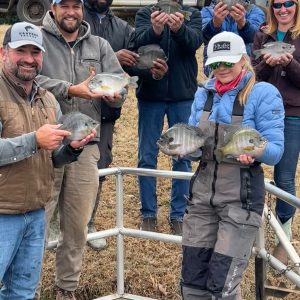Planting and managing trees for wildlife food is more of a long term approach compared to food plots and supplemental feeds. With plots and feed you can easily change or adjust at a moments or seasonal notice. Careful and thorough consideration needs to be made prior to loading your property up with trees. Following are three species of tree choices that I either don’t recommend, or recommend limiting to fit a specific niche.
Sawtooth oak- I’m hesitant to add this species to the list as it does have merit, mainly because it produces acorns at a young age and the acorns drop earlier in the year- before the native oaks drop theirs. The non-native sawtooth oak has been by far the most widely sold deer attractant tree in the U.S.A. for at least the last 25 years. Too often, well intentioned wildlifers plant sawtooth oaks almost exclusively, leaving no room to plant oaks that drop at other times. It’s not uncommon for landowners to plant 40 and 80 acre fields full of sawtooth, leaving that area a biological desert for the remaining 11 months of the year. Plant sawtooths- just plant other oak species too.
Leyland cypress- I wish this tree had never been “invented.” Leyland cypress is actually a hybrid between Monterrey cypress from California, and Nootka cypress from Alaska. It’s an evergreen conifer that grows REALLY fast, and is the cat’s meow for blocking the view of a food plot from pesky roadside onlookers. There is only one hitch in that its inevitable many of them will likely die from disease just as they’re beginning to do their job. Solution: plant Eastern redcedar, or a wider screen of mixed species, and be patient.
Asian persimmons- Everyone knows deer LOVE persimmons. Most folks will agree there isn’t a single more attractive natural food source for deer in the fall than a small grove of loaded persimmons. So planting some of the much larger fruited Asian persimmon cultivars could only be better, right? Wrong! A mature, native American persimmon drops loads of small tasty orbs all day long in the fall, whereas a much shorter Asian persimmon tree may only drop two fruits a day- if its really windy. In fact, you really have to pick Asian persimmons off the tree and place them on the ground. They just aren’t designed to fall freely without being manually picked. Here’s the rule of thumb with persimmons: plant Asian persimmons around the house or cabin to pick yourself for fresh eating and preserves, and plant American persimmons elsewhere for your deer.






